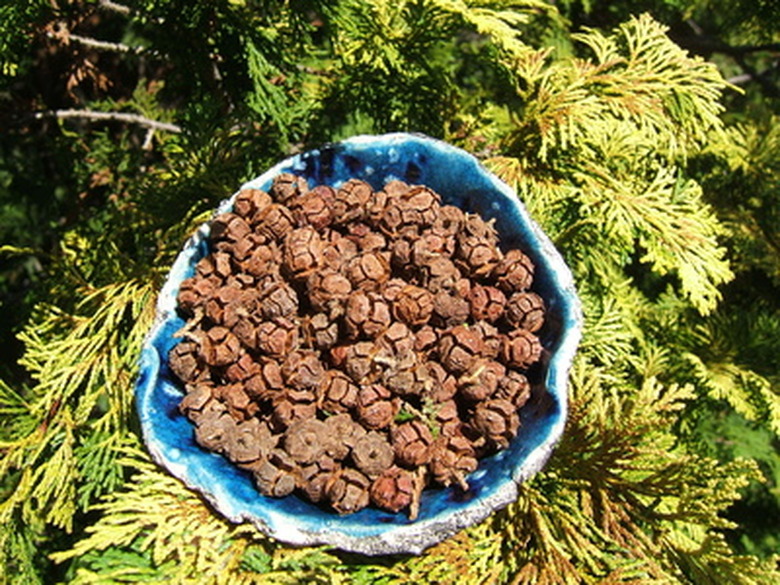What Are The Benefits Of Cedar Trees?
Planting cedar trees offers one of the easiest ways to restore and protect natural areas in both the garden and the landscape. While many people dislike seeing cedars get harvested, the wood from these trees offers a wide range of benefits. Including cedar trees in the home backyard or landscape requires careful thought as some types grow up to 150 feet in height. In the end, planting cedars offers a variety of benefits that far outweigh the work involved of adding them to the landscape.
Windbreaks and Soil Erosion
Cedars work well as windbreaks, helping to protect other trees and plants from the wind. Windbreaks also block snow. The trees also keep valuable topsoil in place when the trees act as windbreaks along the edges of agricultural land. Cedar trees also protect the soil from being eroded by water. The trees soak up huge amounts of water–matures trees use up to 50 gallons of water per day, making them ideal for areas that tend to experience light flooding such as swamps, wetlands and ponds.
- Planting cedar trees offers one of the easiest ways to restore and protect natural areas in both the garden and the landscape.
- The trees also keep valuable topsoil in place when the trees act as windbreaks along the edges of agricultural land.
Cedar Mulch
Mulch made from cedar bark and wood works very well in gardens where it helps retain moisture. This results in less water resources required for gardens and landscapes. Thanks to cedar's aromatic qualities, insects and pests tend to stay away from this mulch, eliminating some of the havoc these creatures wreak on plants.
Wildlife Habitat
Large forests of cedar trees and other trees and undergrowth create critical habitat for a wide variety of wildlife and birds. The trees themselves provide nesting and shelter. The berries of the eastern red cedar provide an important food source for birds who also help to disperse the seeds into new areas where the trees can sprout and grow.
Aboriginal Use
For thousands of years, the natural durability of western red cedar has made it valuable to Pacific coast aboriginals who create totem poles, canoes, masks and other ceremonial objects from the fragrant wood. The wood is also used to build traditional long houses. The bark from the cedar tree also gets used to make rope, baskets and roofing material. Eastern red cedar was often used to create a medicine to treat coughs and head colds.
- Mulch made from cedar bark and wood works very well in gardens where it helps retain moisture.
- The bark from the cedar tree also gets used to make rope, baskets and roofing material.
Furniture and Building Products
Cedar's rich, textured grain combined with its ease of cutting, shaping and sanding make it a preferred wood when creating furniture such as chests, chairs, tables and patio furniture. When a finish is desired, the absence of pitch and resin makes the wood ideal for oils and stains. Cedar wood also gets used in a wide range of building products including siding, decking, window trim, doors, beams and paneling.
Pollution Reduction
Wood products made from cedar trees make up 47 percent of all raw materials manufactured in the United States. Yet, the energy consumed during manufacturing is only 4 percent, making it ideal for keeping pollution to a minimum while also using less fossil fuels. Trees also help absorb carbon dioxide, releasing clean oxygen back into the air.
